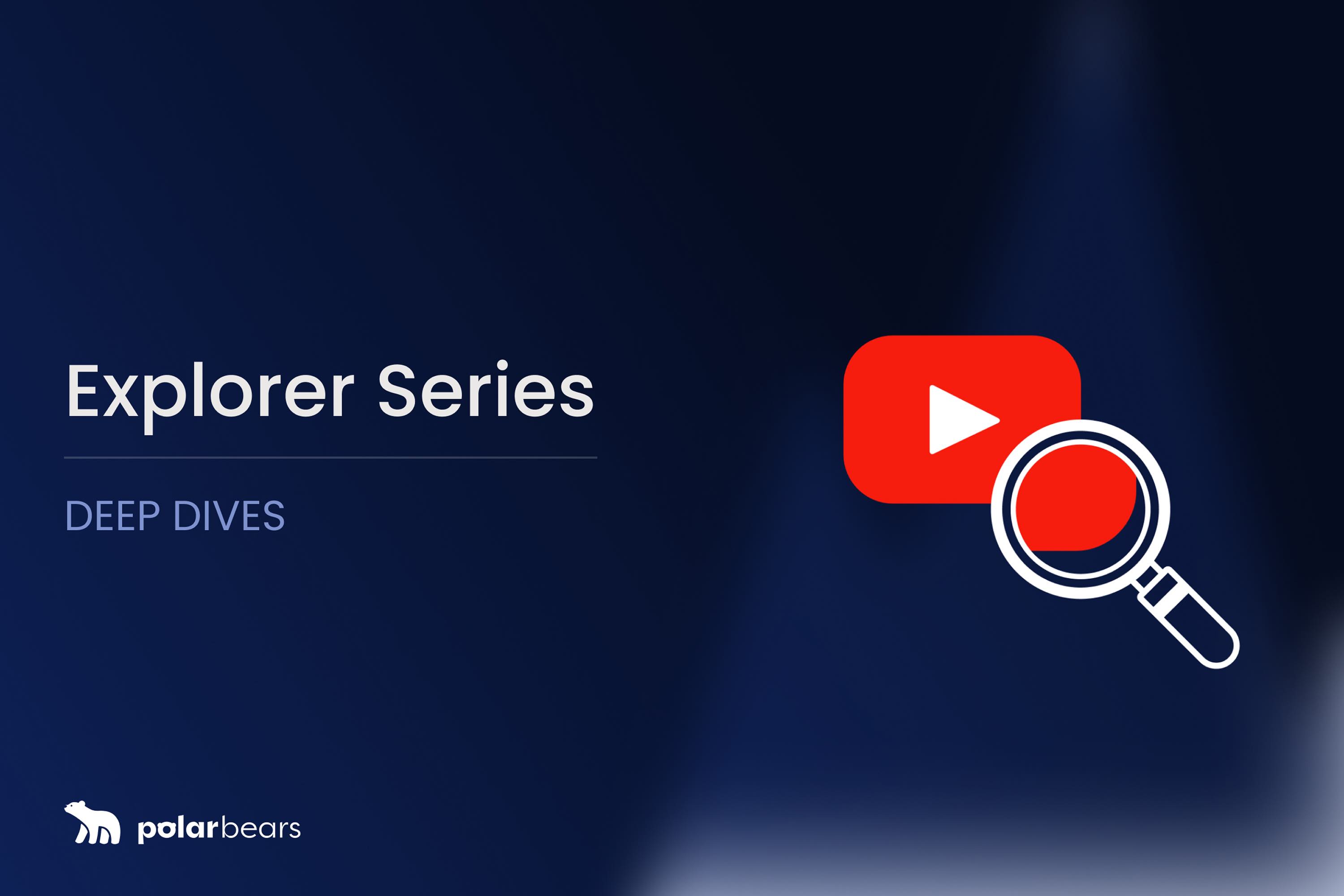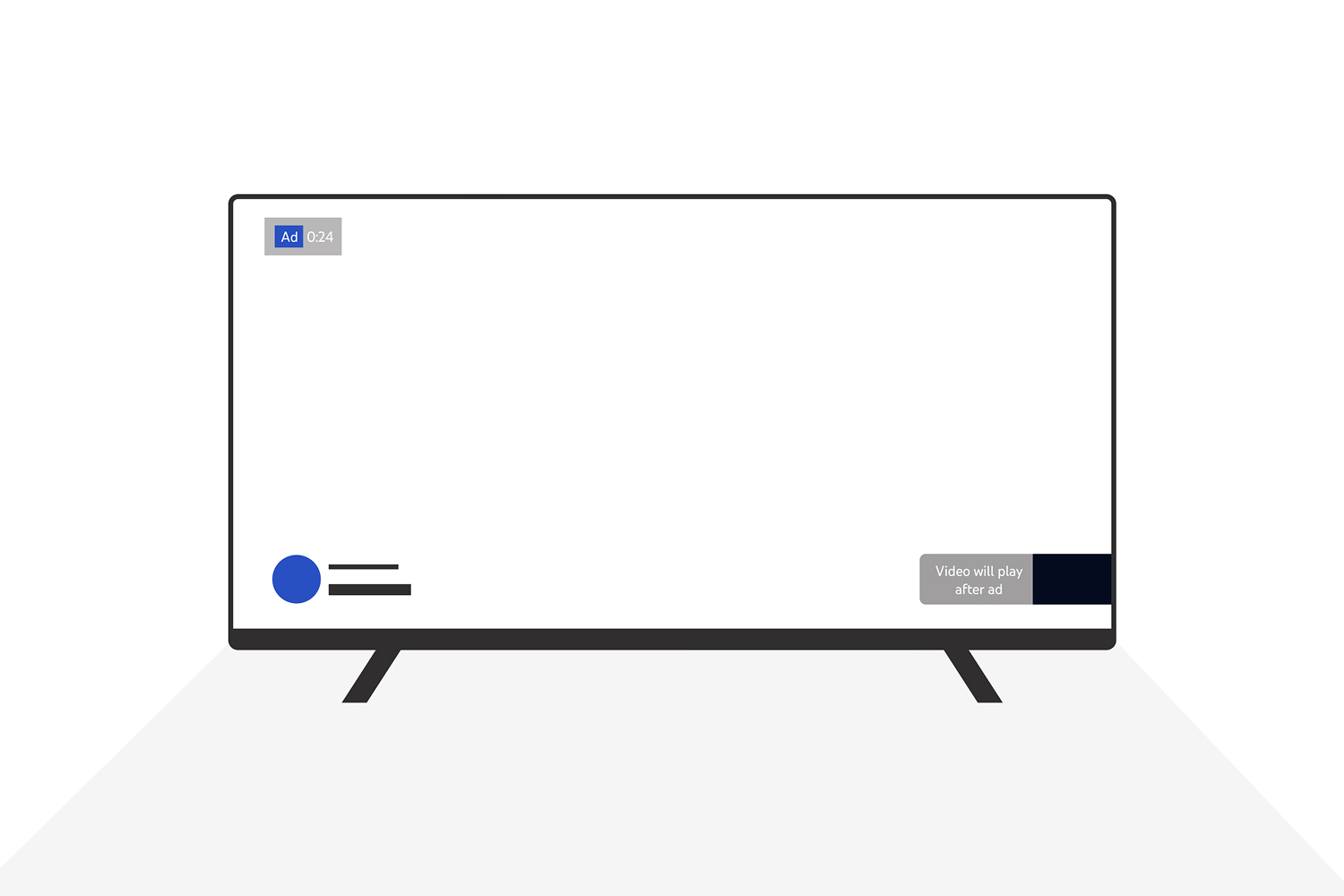The Polar Report #14

Welcome to The Polar Report, a curated view of what’s happening in the world of Digital Monetisation, Audience Development, and Measurement. This week we dive into repetitive ads on streaming services, YouTube potentially implementing Shorts on YouTube Kids, Lumen and TVision focusing on attention measurement, and BARB’s efforts to measure TV-like content.
Monetisation
Are Streaming Services’ Ads Too Repetitive?
CTV and streaming services have grown in popularity, with some platforms offering subscription-based (SVOD) models, while others incorporate advertising from the start, like Paramount Plus.
However, many viewers feel that streaming services repeat the same ads too often. A survey found that 69% of US adults think ads on streaming platforms are repetitive, which can reduce purchase intent.
The causes of this repetition are unclear—whether it’s high-value sponsorships taking all inventory, advertisers overbidding for impressions, or brands deliberately relying on annoying repetition for recall.
Regulation and improved ad frequency management could help address this issue. YouTube, for example, offers varied ad formats (bumper ads, non-skippable in-stream ads, and skippable in-stream ads) to avoid excessive repetition.
If streaming platforms adopt diverse ad formats and storytelling approaches, they could improve ad effectiveness without frustrating viewers.
Full Article on The Verge
Audience Development
YouTube Shorts May Be Coming to YouTube Kids
YouTube continues to compete with TikTok, and the next step appears to be integrating Shorts into YouTube Kids. With Shorts currently one of YouTube’s most profitable elements, this move aligns with their strategy for continued growth.
Initially, YouTube advised kids’ content creators not to focus on Shorts, but their stance quickly changed. Now, YouTube actively encourages Shorts tailored for younger audiences, making its inclusion in YouTube Kids a logical step.
While Shorts currently offer limited monetisation, they provide a strong opportunity for audience growth. Short-form videos are quick to produce and can drive traffic to creators' channels, boosting exposure and engagement.
Full Article on Digital Information World
Measurement
Lumen and TVision Implement Attention Measurement for CTV
TVision and Lumen Research, two leaders in the measurement industry, have partnered to track attention on TV and CTV in both the UK and US.
The project will use opt-in panels to measure TV engagement, combining TVision’s data with Lumen’s attention tracking. These insights will help advertisers determine which campaigns and media placements generate the highest attention.
Attention is increasingly viewed as a critical metric in media buying, with many ad agencies incorporating it into their strategies. This partnership could reshape how advertisers measure success across TV and CTV.
Full Article on Video Week
What is TV-Like Content? How Will BARB Measure It?
The Broadcasters’ Audience Research Board (BARB), the UK’s official TV measurement body, is expanding its definition to include “all television and television-like content” on video-sharing platforms such as YouTube and TikTok.
With broadcasters like Channel 4 airing 1,000 hours of content on YouTube, the line between traditional TV and digital platforms is blurring. However, defining TV-like content is challenging—does a 30-second clip from a TV show count? What about compilation content?
This initiative aims to provide independent measurement of digital TV content, helping broadcasters and media agencies better understand audience behaviors. The industry will closely watch how BARB defines and measures TV-like content in the coming years.
Full Article on Video Week
If you liked that why not take a look
Ready to maximise your YouTube revenue?
Get in touch and let’s begin exploring your channel’s hidden potential.










